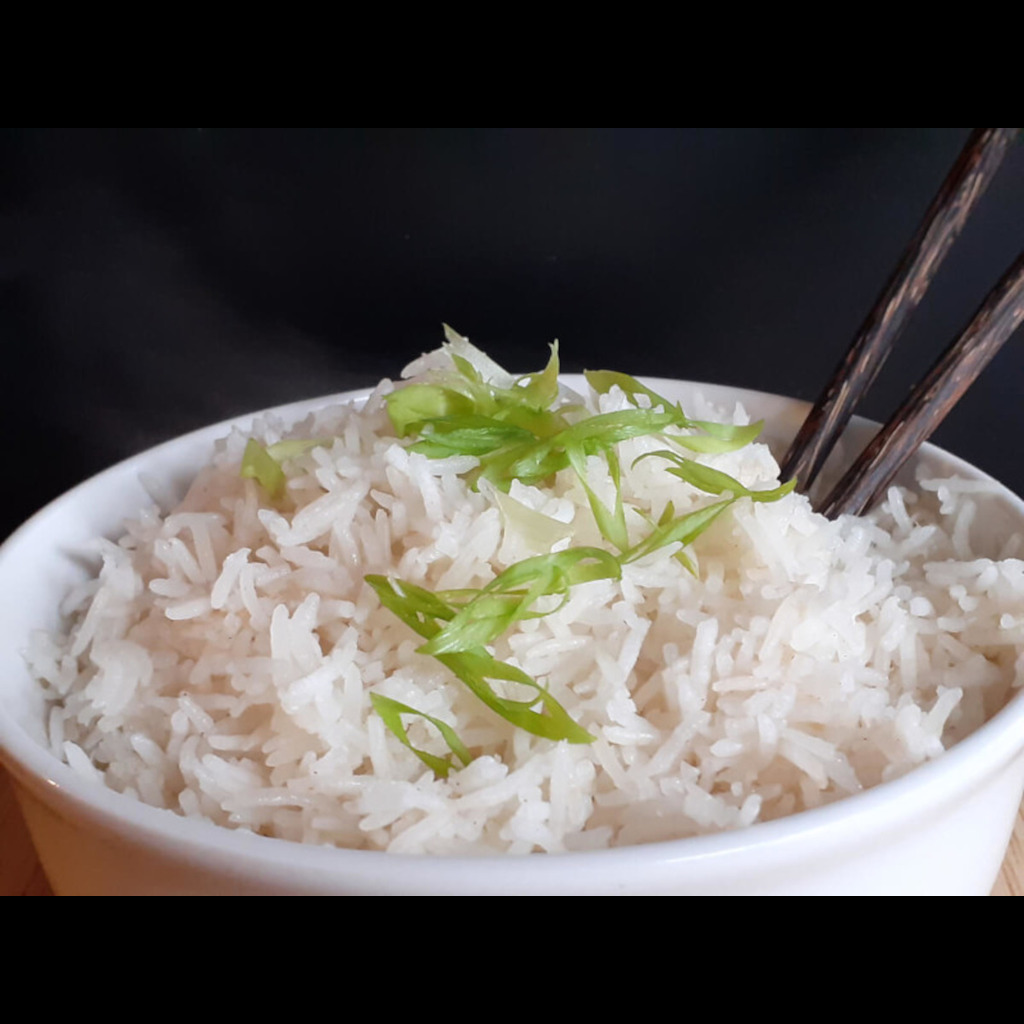Rice in Chinese cuisine is more than just a staple food; it is a symbol of life, prosperity, and cultural heritage. From ancient times to the present day, rice has played a central role in Chinese society, influencing not only the diet but also rituals, festivals, and daily life. This article delves into the multifaceted significance of rice in Chinese cuisine, tracing its origins, cultural importance, and culinary applications.
Historical Origins of Rice in China
The domestication of China’s rice dates back over 9,000 years, with evidence pointing to the Yangtze River valley as the cradle of rice cultivation. Archaeological findings suggest that early varieties of China’s rice were grown along the Yangtze River valley, and these were reliant on the seasonal monsoons for irrigation. This early adoption of rice farming laid the foundation for its integral role in the Chinese cuisine menu in Oakville.
Cultural Significance of Rice
In Chinese culture, rice in Chinese cuisine is imbued with symbolic meanings. It represents fertility, prosperity, and the sustenance of life. During various ceremonies and festivals, rice in Chinese cuisine is used to convey wishes for health, success, and happiness. For instance, during birthdays, dishes like red bean rice cake symbolize blessings for happiness and increased longevity from the gods. Similarly, newlywed couples share sticky rice balls to bring sweetness into their new journey together. These traditions highlight the deep connection between rice in Chinese cuisine and cultural practices in China, much like the thoughtful wine pairing with dim sum in Oakville, where every choice enhances the experience.
Rice Varieties in China
China’s diverse geography has given rise to a variety of rice types, each with unique characteristics and culinary uses. The secrets to perfect Chinese Dim Sum are rooted in the use of different rice varieties, which contribute to the textures and flavours of these popular dishes.
- Jasmine Rice: Known for its fragrant aroma, jasmine rice is a staple in southern China and is often served alongside main dishes.
- Glutinous Rice: Also known as sticky rice, this variety is used in desserts and dim sum, such as zongzi (sticky rice dumplings) and tangyuan (sweet rice balls).
- Black Rice: Rich in nutrients, black rice is often used in traditional dishes and is valued for its health benefits.
- Brown Rice: Less processed than white rice, brown rice retains its bran and germ, offering a nuttier flavour and higher nutritional content.
Each region in China has its preferred rice variety, influenced by local climate, soil, and culinary traditions.
Culinary Applications of Rice
Rice serves as the foundation for numerous dishes in Chinese cuisine:
- Steamed Rice: The most common form, steamed rice, is a daily accompaniment to main dishes.
- Fried Rice: A popular dish made from leftover rice stir-fried with vegetables, eggs, and sometimes meat or seafood.
- Congee: A rice porridge often eaten for breakfast or as comfort food when ill, congee can be sweet or savoury.
- Zongzi: Sticky rice wrapped in bamboo leaves, filled with various ingredients like meats or beans, and steamed or boiled.
- Tangyuan: Sweet glutinous rice balls filled with sesame paste or red bean paste, traditionally eaten during the Lantern Festival.
These dishes showcase the versatility of rice and its ability to absorb flavours of Chinese cuisine, making it an essential component of Chinese meals.
Regional Differences in Rice Consumption
China’s vast landscape leads to regional variations in rice consumption:
- Southern China: Rice is the primary staple, with dishes like fried rice and congee being common.
- Northern China: Wheat-based products like noodles and dumplings are more prevalent, though rice is still consumed, especially in urban areas.
These differences highlight how geography and climate influence dietary habits and food culture in China, which is reflected in the Canadian Chinese cuisine dishes you must try.
Rice in Festivals and Rituals
Rice plays a significant role in Chinese festivals and rituals:
- Chinese New Year: Dishes like niangao (sticky rice cake) symbolize progress and the promise of a better year.
- Dragon Boat Festival: Zongzi, sticky rice wrapped in bamboo leaves, is traditionally eaten during this festival to commemorate the poet Qu Yuan.
- Qingming Festival: Offering rice and other foods to deceased ancestors during this time symbolizes respect and filial piety.
These practices underscore the deep cultural connection between rice and Chinese traditions.
Conclusion
Rice in Chinese cuisine is not merely a food item; it is a cultural symbol, a historical artifact, and a culinary cornerstone. Its significance transcends the dining table, permeating rituals, festivals, and daily life. Understanding the role of rice offers insight into the rich tapestry of Chinese culture and its enduring traditions, which can be experienced firsthand at a Chinese restaurant in Oakville.

